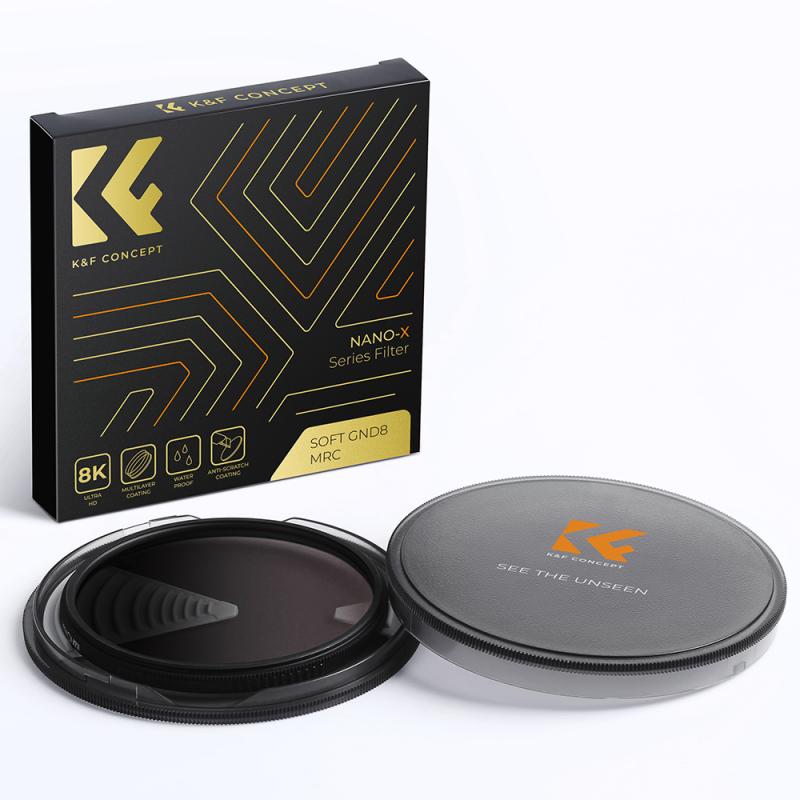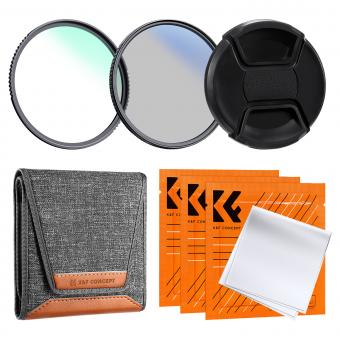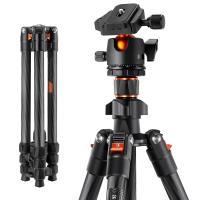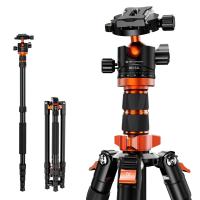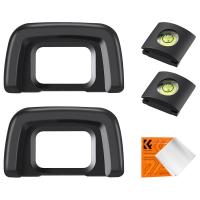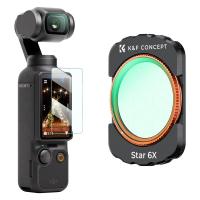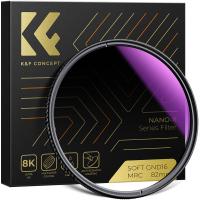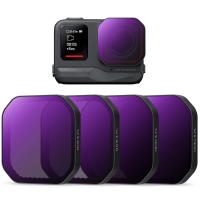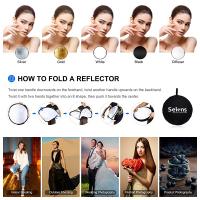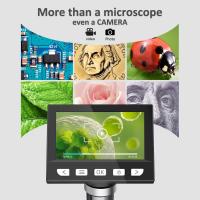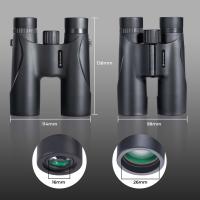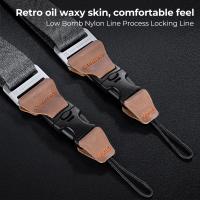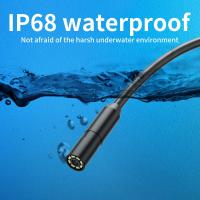What Is Uv Filter Category ?
UV filter category refers to the classification system used to categorize different types of UV filters based on their level of protection against ultraviolet (UV) radiation. These filters are commonly used in various industries, including photography, eyewear, and skincare.
The UV filter category typically ranges from 0 to 4, with each category representing a different level of UV protection. Category 0 filters provide minimal protection and are suitable for low-intensity UV exposure, such as on cloudy days. Category 4 filters, on the other hand, offer the highest level of protection and are designed for intense UV conditions, such as high-altitude mountaineering or glacier travel.
It is important to choose the appropriate UV filter category based on the specific activity and level of UV exposure. This helps to ensure adequate protection against harmful UV rays, which can cause various health issues, including sunburn, premature aging, and increased risk of skin cancer.
1、 Types of UV Filters: Absorptive, Reflective, and Hybrid Filters
The UV filter category refers to the different types of filters that are used to block ultraviolet (UV) light from reaching the camera sensor or film. These filters are commonly used in photography to reduce the effects of UV radiation, which can cause hazy and washed-out images.
There are three main types of UV filters: absorptive, reflective, and hybrid filters.
Absorptive filters work by absorbing the UV light before it reaches the camera sensor. These filters are made of special materials that have the ability to absorb UV radiation. They are effective in reducing the effects of UV light and can improve image clarity and color saturation.
Reflective filters, on the other hand, work by reflecting the UV light away from the camera sensor. These filters have a reflective coating that bounces the UV light back. They are also effective in reducing the effects of UV radiation and can improve image quality.
Hybrid filters combine the properties of both absorptive and reflective filters. They have a combination of absorbing and reflecting materials, which provides enhanced UV protection and image quality.
It is important to note that the use of UV filters in digital photography has been a topic of debate in recent years. Some argue that modern digital cameras already have built-in UV filters and that using an additional filter may not be necessary. However, others believe that UV filters can still provide some benefits, such as protecting the lens from scratches and dust.
In conclusion, the UV filter category includes absorptive, reflective, and hybrid filters. These filters are used in photography to reduce the effects of UV radiation and improve image quality. The use of UV filters in digital photography is a matter of personal preference and depends on the specific camera and shooting conditions.
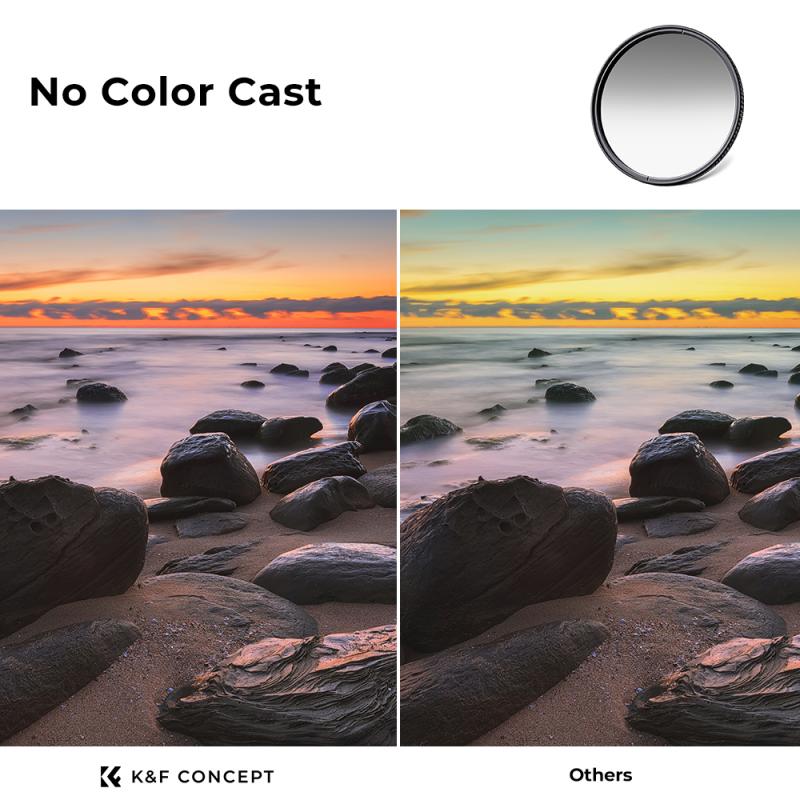
2、 UV Filter Applications: Photography, Air Purification, and Water Treatment
The UV filter category refers to a range of products that are designed to block or reduce the amount of ultraviolet (UV) radiation that passes through them. UV filters have various applications, including photography, air purification, and water treatment.
In photography, UV filters are commonly used to reduce the bluish cast that can occur when photographing landscapes or scenes with a lot of atmospheric haze. These filters help to improve the overall clarity and sharpness of the image by blocking UV light. Additionally, UV filters can also provide protection for the camera lens by acting as a barrier against dust, moisture, and scratches.
In recent years, there has been a growing interest in using UV filters for air purification. UV light has been found to be effective in killing or inactivating microorganisms such as bacteria, viruses, and mold spores. UV filters can be incorporated into air purifiers or HVAC systems to help improve indoor air quality and reduce the spread of airborne diseases.
Water treatment is another important application of UV filters. UV light can effectively disinfect water by destroying the DNA of microorganisms, rendering them harmless. UV filters are commonly used in water treatment systems to ensure that drinking water is safe and free from harmful bacteria and viruses.
It is worth noting that the latest point of view regarding UV filters is the potential use in combating the spread of COVID-19. Some studies suggest that UV light, specifically UVC, can be effective in killing the virus on surfaces and in the air. However, it is important to note that further research is needed to fully understand the effectiveness and safety of UV filters in this context.
Overall, the UV filter category encompasses a wide range of applications, from enhancing photography to improving air and water quality. As technology advances and new research emerges, the potential uses of UV filters may continue to expand.
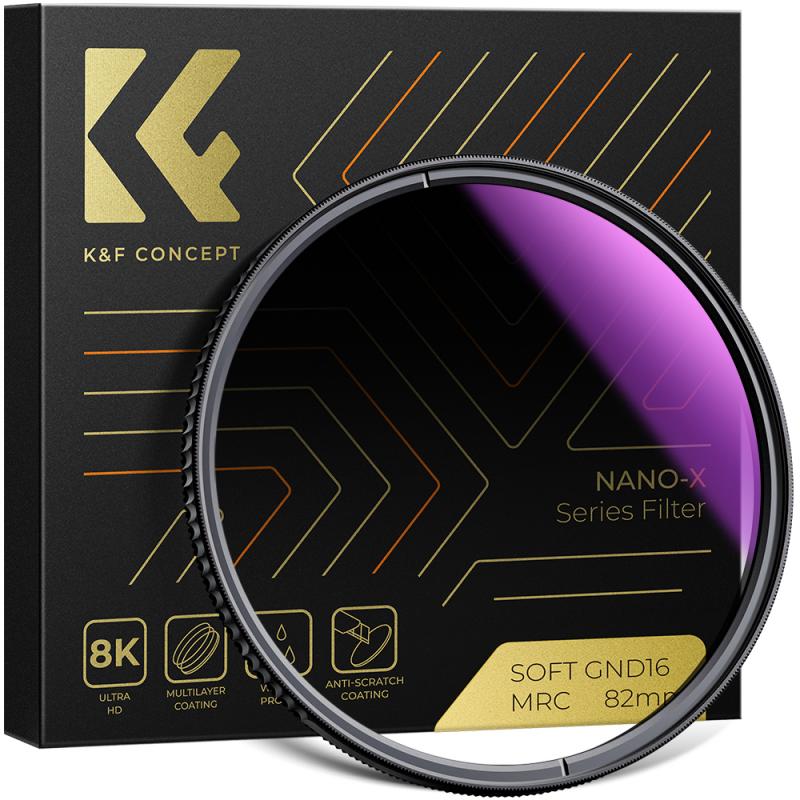
3、 UV Filter Materials: Glass, Quartz, and Plastic
The UV filter category refers to the different materials used to manufacture UV filters, which are designed to block ultraviolet (UV) radiation from reaching the lens of a camera or other optical devices. The three main materials used in UV filters are glass, quartz, and plastic.
Glass is the most commonly used material for UV filters due to its excellent optical properties. It provides high clarity and minimal distortion, ensuring that the image quality remains uncompromised. Glass UV filters also have a high level of scratch resistance, making them durable and long-lasting. However, glass filters can be heavier and more expensive compared to other materials.
Quartz is another material used in UV filters, known for its exceptional UV-blocking capabilities. It is highly transparent to visible light and effectively filters out harmful UV rays. Quartz filters are also resistant to high temperatures and can withstand harsh environmental conditions. However, quartz filters are relatively expensive and less commonly used compared to glass filters.
Plastic UV filters are the most affordable option and are often used in entry-level cameras or for casual photography. They are lightweight and easy to handle, making them popular among beginners. However, plastic filters may have lower optical quality compared to glass or quartz filters, and they are more prone to scratches and damage.
It is worth noting that there is ongoing debate among photographers and experts regarding the necessity of UV filters. Some argue that modern camera lenses already have built-in UV protection, making additional filters unnecessary. However, others believe that UV filters can still provide added protection against UV rays, as well as act as a barrier against dust, moisture, and accidental damage to the lens.
In conclusion, the UV filter category encompasses glass, quartz, and plastic materials. Each material has its own advantages and disadvantages in terms of optical quality, durability, and cost. The choice of UV filter material ultimately depends on the specific needs and preferences of the photographer.
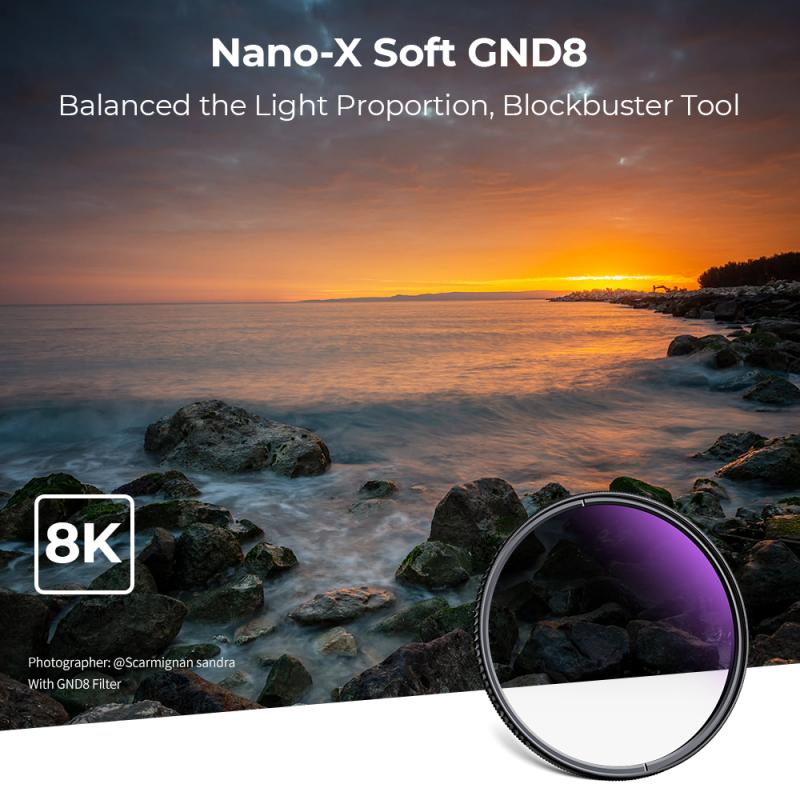
4、 UV Filter Effectiveness: UVA, UVB, and UVC Protection
UV filter category refers to the classification of filters based on their effectiveness in protecting against different types of ultraviolet (UV) radiation. UV radiation is emitted by the sun and can be harmful to the skin and eyes. There are three types of UV radiation: UVA, UVB, and UVC.
UVA radiation has the longest wavelength and can penetrate deep into the skin, causing premature aging, wrinkles, and skin cancer. UVB radiation has a shorter wavelength and primarily affects the outer layers of the skin, causing sunburns and increasing the risk of skin cancer. UVC radiation has the shortest wavelength and is mostly absorbed by the Earth's atmosphere, so it is not a significant concern for human exposure.
UV filters are designed to block or absorb UV radiation, reducing its harmful effects on the skin and eyes. They are commonly found in sunscreen lotions, sunglasses, and other protective products. The effectiveness of a UV filter is determined by its ability to block or absorb specific wavelengths of UV radiation.
The latest point of view on UV filter effectiveness emphasizes the importance of broad-spectrum protection. This means that a UV filter should be able to block both UVA and UVB radiation. Previously, UVB protection was the primary focus, as it was believed to be the main cause of sunburns and skin cancer. However, recent research has shown that UVA radiation also contributes to skin damage and increases the risk of skin cancer.
Therefore, it is recommended to use sunscreen and other protective products that offer broad-spectrum protection against both UVA and UVB radiation. Look for UV filters such as avobenzone, zinc oxide, and titanium dioxide, which are known to provide effective broad-spectrum protection. Additionally, it is important to reapply sunscreen regularly, especially after swimming or sweating, as UV filters can degrade over time.
In conclusion, the UV filter category refers to the effectiveness of filters in protecting against UVA, UVB, and UVC radiation. The latest understanding emphasizes the importance of broad-spectrum protection to safeguard against both UVA and UVB radiation, reducing the risk of skin damage and cancer.
